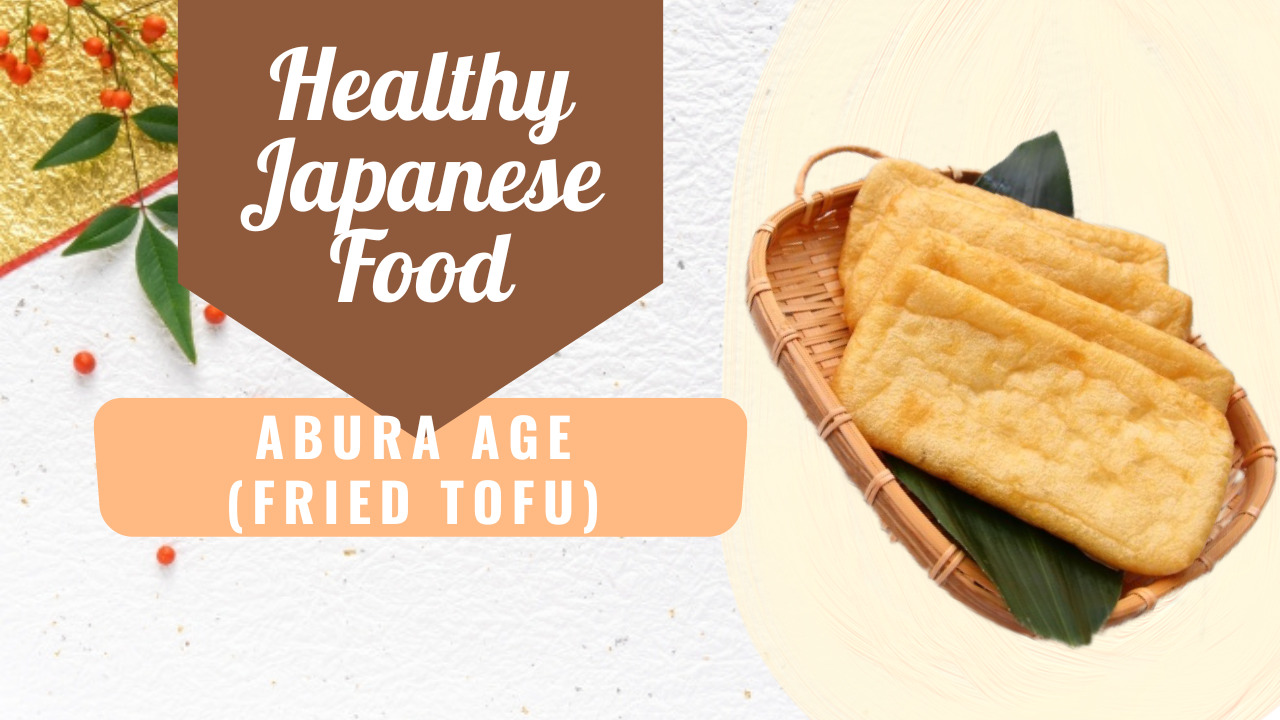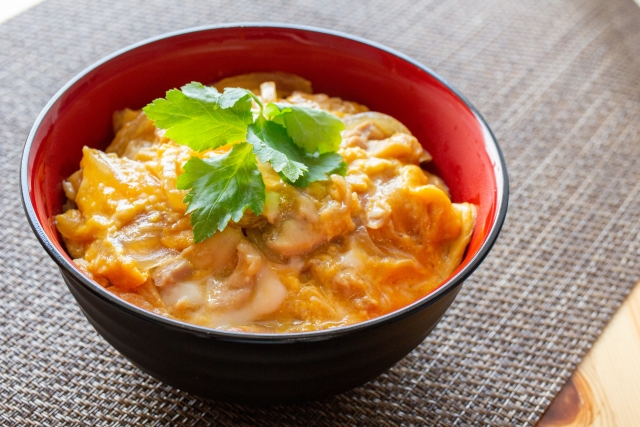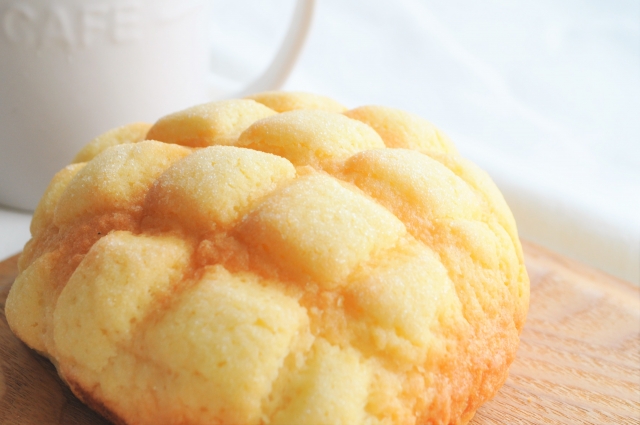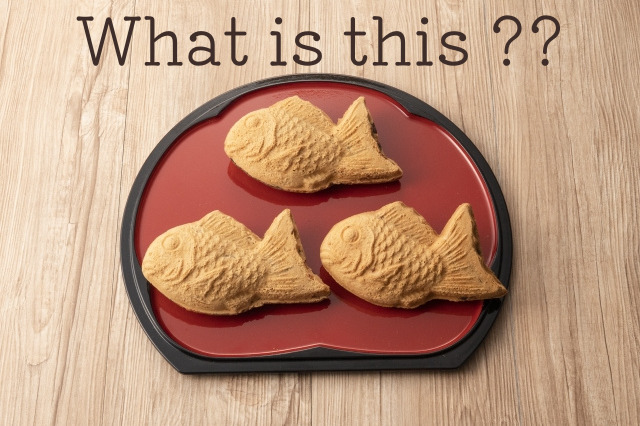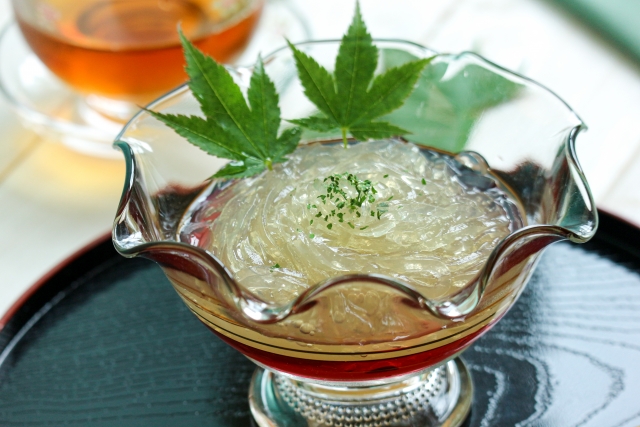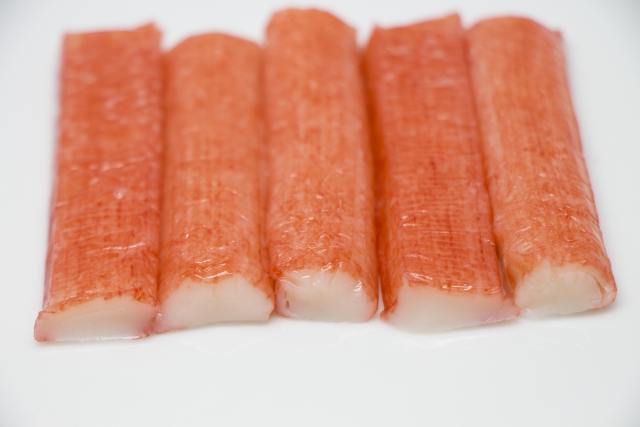
Kanikamaboko is an ingredient eaten all over the world.
It is used in French cooking courses in France.
In Japan, people of all ages eat from children to the elderly.
Kanikamaboko has been eaten by any Japanese once.
Isn't it an exaggeration to say national food?
kanikamaboko is a national food that is loved by everyone! !
However, what is unexpectedly unknown is the roots and history of Kanikabako, and what is it made of? I will introduce it again here.
What is Kanikamaboko?

What is Kanikamaboko in the first place? I will introduce in detail!
Definition of Kanikamaboko
The first conclusion is [Kanikamaboko]. (No body or lid …)
It refers to a fish paste product that resembles a crab in flavor and texture.
The official name is crab-flavored kamaboko, and most products don’t contain actual crab meat.
There are many other ways to call them, such as [crab stick] and [crab kamaboko]. By the way, it is sold overseas with the notation [Seafood stick] [Crab stick].
What is Kanikamaboko made of?
The following ingredients are mainly used as ingredients for Kanikamaboko.
Walleye surimi
Coloring (red) tomato lycopene.
Fragrance (crab flavoring)
Kanikamaboko's crab flavor is expressed by flavors and extracts extracted from crabs.
Devise to create crab-like texture
Each manufacturer manufactures the fiber-like appearance and texture of crab legs, which is the most distinctive feature of Kanikamaboko, using various methods.
There are two typical methods.
The first is a method of making use of the fact that surimi is rapidly thawed and then re-frozen, resulting in a streak of fibers.
This method is mainly used in the high-end line Kanikababo.
The second method is to cut a thin sheet of surimi and roll it into a stick.
In general, the cheaper Kanikamaboko is mainly used to make a sheet.
In the high-class Kanikabako, it looks like a snow crab stripped and the crab is almost tasted! Something of a high level is also sold.
History of Kanikamaboko-Legend of the birth of Kanikamaboko-
When was Kanikamaboko made food?
Kanikamaboko is an idea product that was originally invented by adding a twist to the processed fish food called kamabo.
Although there are various theories, it is said that Kanikababo was born in the early 1970s.
Considering that Kamaboko was born in 1115 (Eikyuu 3 years), the history is surprisingly short!
Actually, the roots of the Kanikamaboko explosion are not clear, and now the following three origins are claimed.
Sugiyo theory
In 1972 (Showa 47), Sugiyo, a fishery processing manufacturer in Nanao City, Ishikawa Prefecture, released a product that was made by chopping persimmons and adding fragrances and coloring them. Insist on the roots of.
Osaki Fisheries Theory
Osaki Suisan is a fisherman town in Nishi-ku, Hiroshima, and its roots are kamabokoya in Kusatsu.
The company sings “The original of Kanikabako”.
In the process of developing various delicacies using crab, invented crab-flavored crab cut into fibers and bundled into a solid.
We now sell “Canistic”, which is the root of the current stick-shaped Kanikabako.
By the way, Seiichi Osaki, the founder of the founding family, received the “Food Industry Achievement Award” sponsored by the Ministry of Agriculture, Forestry and Fisheries and sponsored by the Japan Food Newspaper as a contributor to Kanikamaboko's invention dissemination and “World Foods” overseas development.
Maruha theory
The largest fishery processing ocean fishery (currently Maruha Nichiro) is a small crab that was caught off the coast of Angola in 1973, mixed with ground surimi and made with 80% crab meat. Is the ancestor of “Kanikamaboko”! Insist.
Initially it had snow crab meat, but since 1977, it has produced 100% walleye pollack, Kanikamaboko.
It is interesting to think that Sugiyo is the root of flaky Kanikamaboko, Osaki Suisan is the stick-shaped common Kanikamaboko, and Maruha Nichiro is the stick-type snack Kanikamaboko.
Achievements in the Sakai industry brought about by Kanikamaboko's invention

As I mentioned earlier, Osaki Suisan won the Food Industry Achievement Award as a contributor to Kanikababo's invention diffusion and "World Foods" overseas development.
In fact, Kanikamaboko is very popular overseas and is loved all over the world, regardless of Europe, America or Asia.
After the spread of Kanikamaboko in Japan, in the 1980s, fisheries companies manufactured Kanikababo and sold it overseas.
As a result, the export of Kamaboko products, which had hardly been achieved until now, has exploded, and overseas exports in 1983 (Showa 58) recorded more than 15,000 tons.
Even today, Kanikamaboko consumes 500,000 tons worldwide, compared to 50,000 tons annually in Japan.
Kanikamaboko has the highest consumption, 1st place is France and 2nd place is widely loved mainly in Spain and Europe.
Summary
Kanikamaboko may not be a substitute for delicious candy.
However, it is true that Kanikamaboko is not a substitute for Sakai!
The existence of Kanikamaboko itself may be called philosophy.
Everyone, please eat Kanikamaboko.



